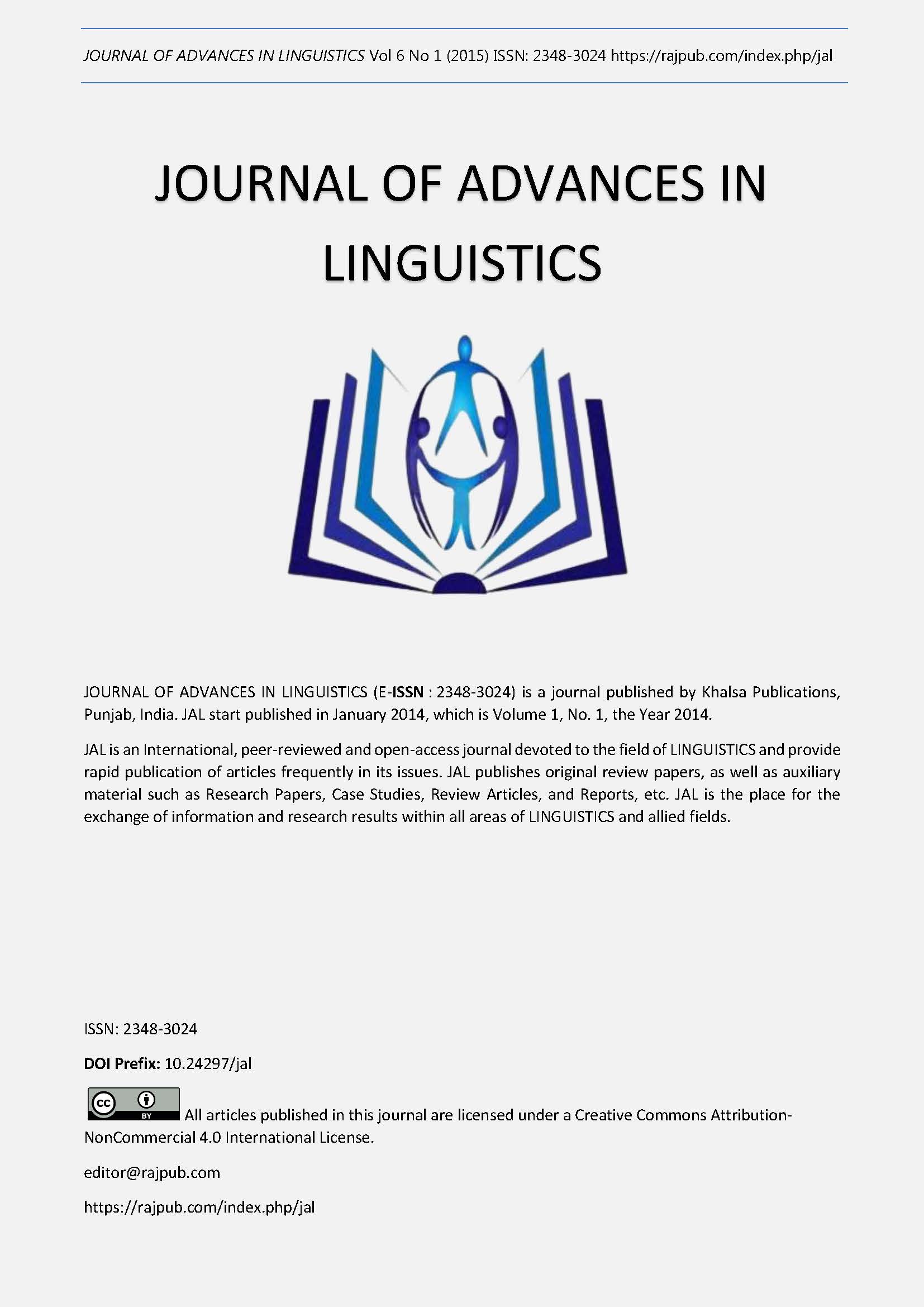Influence of Second Language (L2) Proficiency on the Measure of Spatiotemporal Index of Bilabial Utterances in Typical Kannada (L1) English (L2) Bilingual Speakers
DOI:
https://doi.org/10.24297/jal.v6i1.5177Keywords:
High Proficiency, Low Proficiency, Early bilingual, Late bilingual, Kannada, Spatiotemporal Index, Lower Lip, Cross Linguistic Interference, Articulograph AG500Abstract
The Spatiotemporal Index (STI) of Lower lip (LL) across L1 (Kannada) and L2 (English) in High Proficient (HP)/Early and ˜Low Proficient (LP)/Late typical Kannada (L1)-English (L2) bilinguals was analyzed. A bilabial utterance pair matched for syllable structure and length, phonetic complexity, and overall duration across L1 and L2 were uttered 10 times in each language randomly using language switching paradigm by HP/Early (n = 7) and LP/Late (n = 7) bilinguals. The mean STI was significantly different across languages and L2 language proficiency, supporting the use of differential speech motor control strategies by participants to maintain phonetic distinctiveness across languages. The STI was more variable in HP/Early bilinguals across L1 and L2 than LP/Late bilinguals and HP/Early bilinguals showed higher variability in Kannada (L1), reflecting higher organizational flexibility and movement control along with successful suppression of the non target language (L2). The mean STI in LP/Late bilinguals did not differ significantly across languages suggesting reduced movement flexibility and inability to suppress the interfering effect of L1 on L2. The results are discussed in the perspective of the measure of STI reflecting an intra articulatory global movement variability that is sensitive in understanding the movement control differences in the speech production of bilinguals. The findings are also discussed in the backdrop of bilingual speech production models and possible influence of âcross Linguistic Interference on articulatory movement stability across L1 and L2.
Downloads
Downloads
Published
How to Cite
Issue
Section
License
 All articles published in Journal of Advances in Linguistics are licensed under a Creative Commons Attribution 4.0 International License.
All articles published in Journal of Advances in Linguistics are licensed under a Creative Commons Attribution 4.0 International License.




